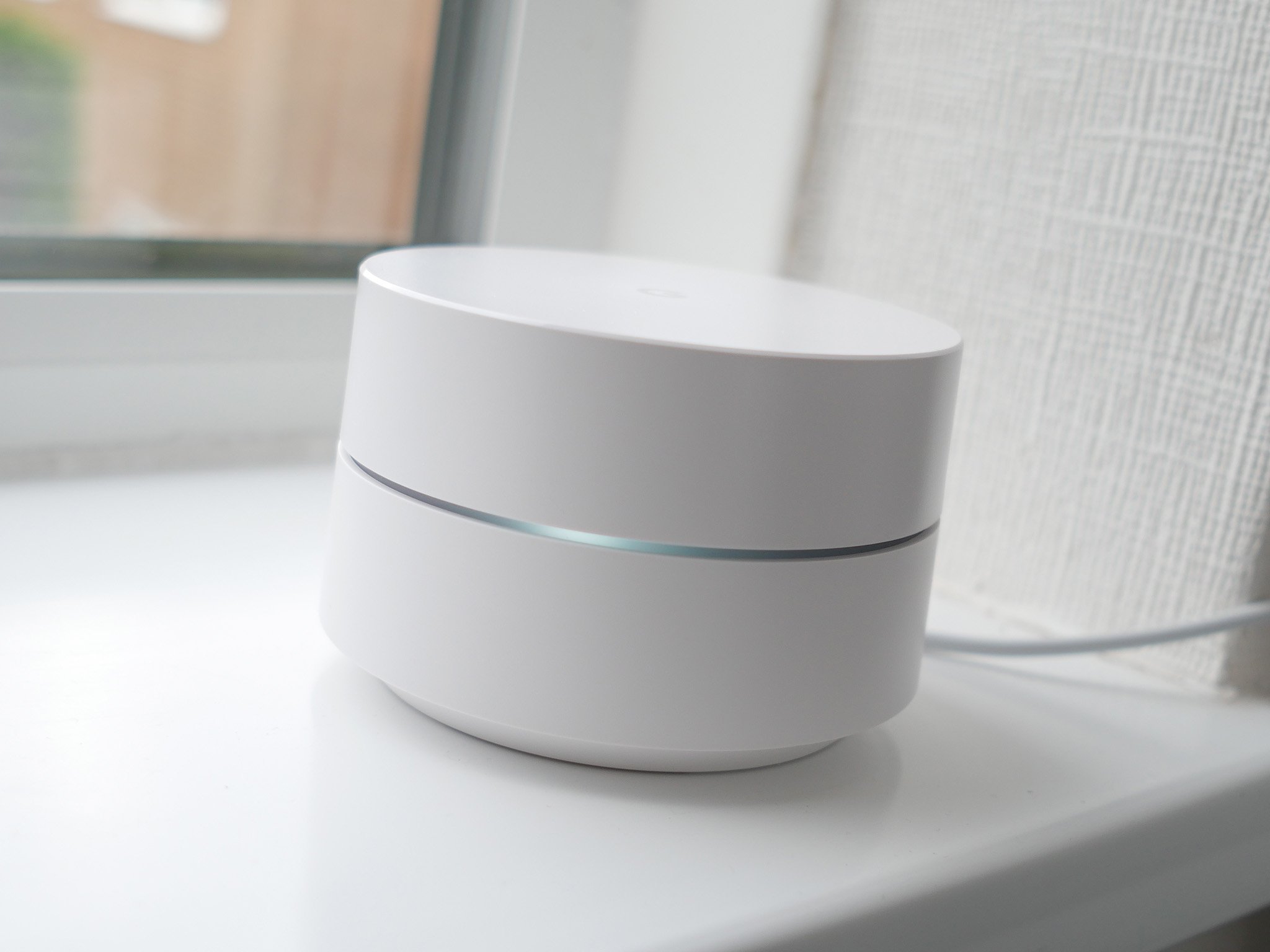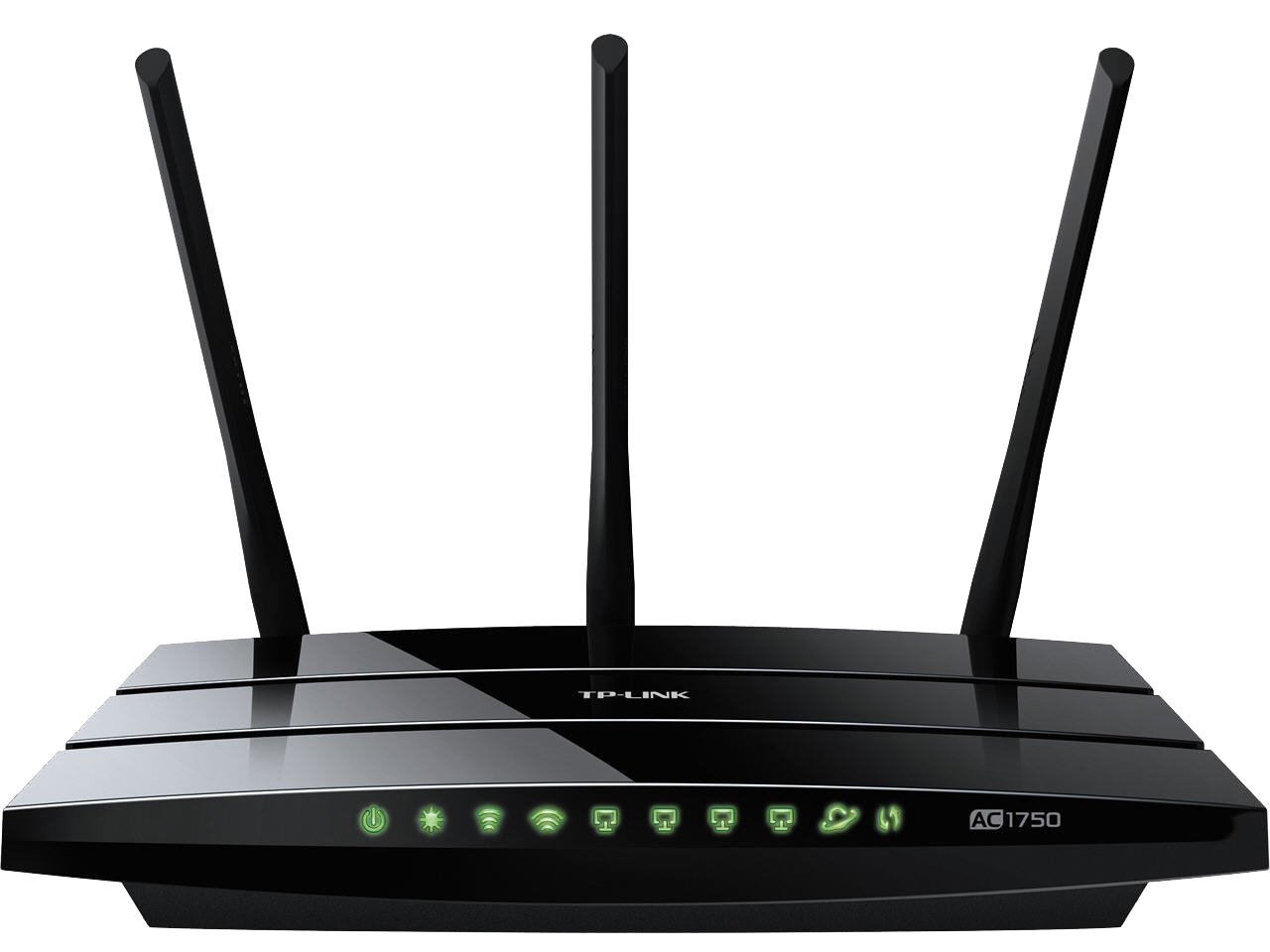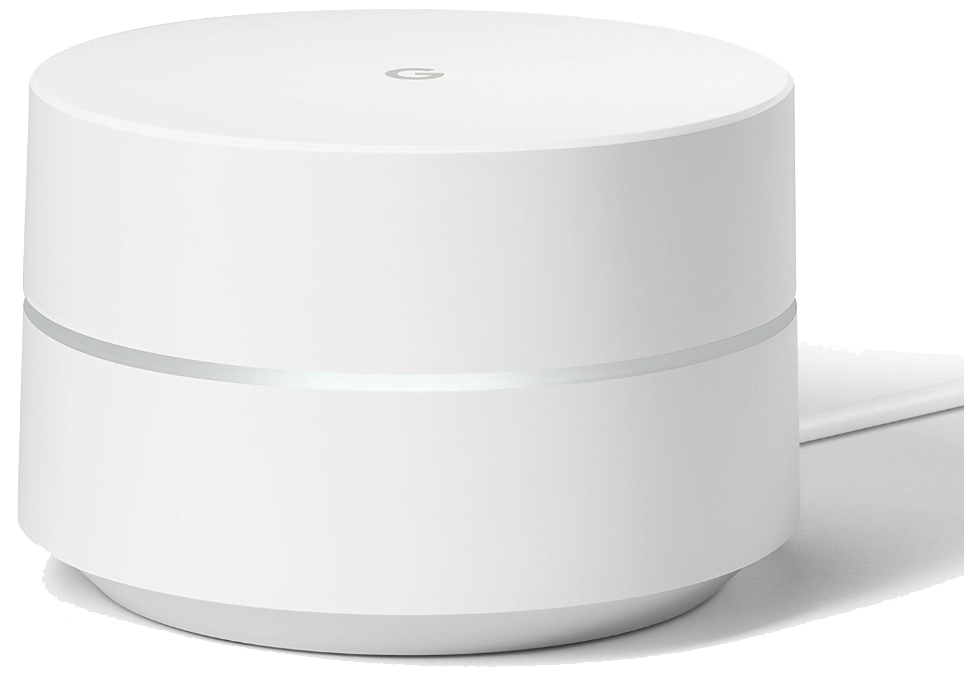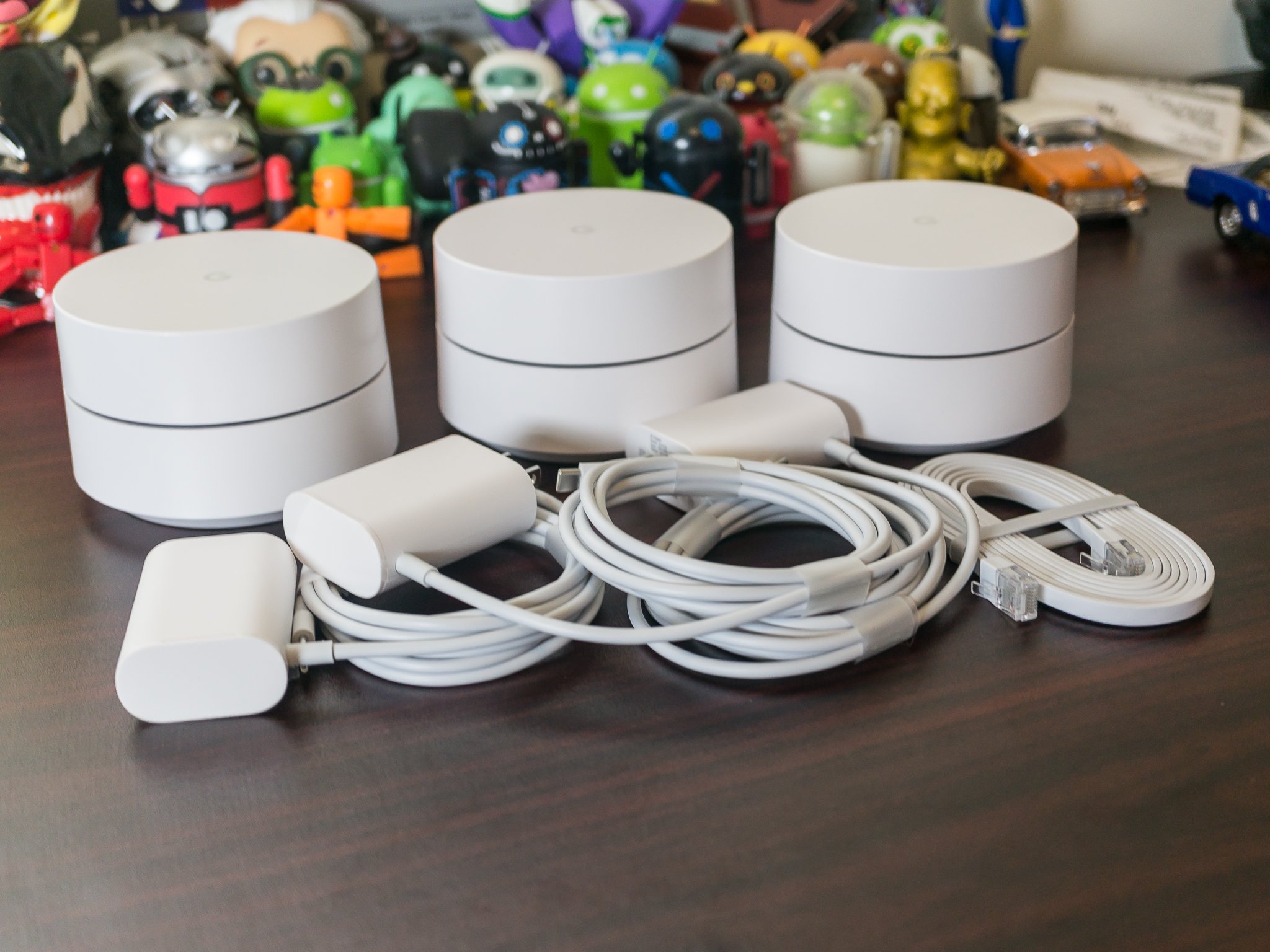TP-Link Archer C7 AC1750 Wi-Fi router vs. Google Wifi: Which should you buy?
At Windows Central, we test and review plenty of PCs and accessories, including the hardware that can take your home network to the next level. If you can't decide between a great router and a great mesh Wi-Fi kit, we can help by comparing TP-Link's Archer C7 and Google Wifi.


Standard router
The Archer C7 is a popular budget router for a reason. It can cover a standard home in reliable Wi-Fi, it's cheaper than a lot of similar options, and it's suitable for a wide variety of tasks, including gaming and streaming.
Pros
- More throughput (AC1750) than Google Wifi
- Two year warranty, 24/7 support
- Price is lower
- Enough range for most average homes
- Easy setup and management
Cons
- Won't cover as much space as three-node Google Wifi

Mesh networking
A single-node Google Wifi setup can't compete with the Archer C7 for throughput, price, or range, but once you get into a full three-node setup, you'll be able to cover far more space.
Pros
- Coverage up to 4,500 square feet
- One-year warranty, 24/7 support
- Supports wired backhaul
- Easy setup and management
- Small form factor
Cons
- Three-pack is considerably more expensive than the Archer C7
- Lower throughput (AC1200)
- No USB connectivity
We're comparing here a standard router with a mesh network system, so there are some big differences that will no doubt make you lean one way or the other.
TP-Link Archer C7 vs. Google Wifi tech specs
| Header Cell - Column 0 | TP-Link Archer C7 | Google Wifi |
|---|---|---|
| Performance | AC1750 (450 Mbps + 1,300 Mbps) | AC1200 (300 Mbps + 867 Mbps) |
| Frequency | 2.4 GHz, 5 GHz | 2.4 GHz, 5 GHz |
| Wireless standards | 802.11ac/n/a (5 GHz) 802.11b/g/n (2.4 GHz) | 802.11ac/n/a (5 GHz) 802.11b/g/n (2.4 GHz) |
| Processor | Single-core 720 MHz | Quad-core 710 MHz (each core) |
| Memory | 16 MB Flash 128 MB RAM | 4 GB eMMC storage 512 MB RAM |
| Ports | Two USB-A 2.0 | No USB |
| Ethernet | Four LAN One WAN | One LAN (per unit) One WAN (per unit) |
| Beamforming | No | Yes |
Performance
Although Google Wifi has a better processor (CPU), more RAM, and more internal storage to better handle a high number of users, the TP-Link Archer C7 has better theoretical throughput at AC1750 compared to AC1200. This means that there's more room for traffic to flow, and in terms of raw performance you should see better speeds with the C7.
Both the C7 and Google Wifi have 2.4 GHz and 5 GHz radios to handle gaming and streaming alongside less-important connections, and both have available Quality of Service (QoS) settings that allow you to prioritize certain devices over others.
One important thing to note is that without using an Ethernet connection between Google Wifi nodes, your bandwidth will be cut in half in order to handle backhaul traffic being sent back to the main node. Some mesh networking systems do offer a dedicated wireless radio for backhaul traffic, but not here. If you can't really imagine having an Ethernet cable running between nodes, know that you will lose about half the advertised speed with devices connected to satellite nodes.
The Archer C7, compared to a single Google Wifi node, has better range (theoretically about 2,500 square feet compared to 1,500 square feet). However, once you add two other Google nodes for a full setup, that range extends to about 4,500 square feet. Overall, either device will provide a suitable network for most tasks, including video streaming or gaming, but for heavy traffic it's recommended to go with something with more throughput.
Features

Both of these devices have similar features — parental controls, guest network, easy setup and management with an app — but there are some standout differences. Those looking to add external storage for local file sharing can do so using either of the two USB-A 2.0 ports on the back of the C7. Each Google Wifi node does have a USB-C port, but it's used for a power supply when the network is up and running.
That USB-C port, with the right amount of tinkering, can be used to root Google Wifi, allowing you to flash the device with something like GaleForce. It's easier to flash the C7's firmware with something like OpenWRT, but once done, you'll be able to do far more with either router, like set up a VPN for all devices in your home.
All the latest news, reviews, and guides for Windows and Xbox diehards.
As for warranty and customer service, TP-Link offers an excellent two-year coverage package and 24/7 support in case anything goes wrong. Google Wifi does also offer 24/7 support, but its warranty maxes out at one year.
The Archer C7 is a great budget router for most people
The Archer C7, when compared to a single Google Wifi node, offers better theoretical throughput and better range (up to 2,500 square feet compared to 1,500 square feet). If you don't need the added benefits of a three-node Google Wifi mesh system, which costs about $257, you can save a lot of money by going with the C7.
For better range, stick with Google Wifi
A mesh system is designed to blanket a huge area in Wi-Fi, and that's exactly what a three-node system from Google will deliver. Its theoretical throughput is lower than that of the Archer C7, but if you have a multi-level or spread out home or office, this system should be well worth the extra money.

A fine solution for large home or office.
A single node might not cover as much area as the C7, but a two- or three-node Google Wifi setup will allow you to reach your network into the far corners of a large home or office. It is quite a bit more expensive, though, so only invest if you truly need that extra coverage.

Cale Hunt brings to Windows Central more than nine years of experience writing about laptops, PCs, accessories, games, and beyond. If it runs Windows or in some way complements the hardware, there’s a good chance he knows about it, has written about it, or is already busy testing it.

